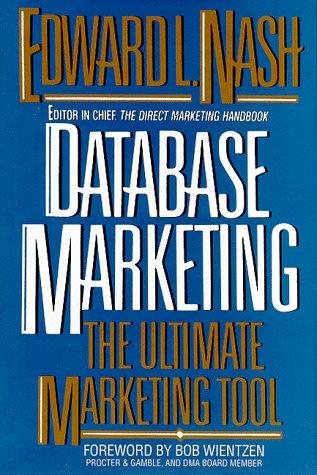Question
A. Which of the following CIDR blocks cover the address 171.15.66.234? Check all that apply. 1. 128.0.0.0/1 2. 128.0.0.0/2 3. 171.15.0.0/16 4. 171.15.0.0/17 5. 171.15.0.0/18
A. Which of the following CIDR blocks cover the address 171.15.66.234? Check all that apply.
1. 128.0.0.0/1
2. 128.0.0.0/2
3. 171.15.0.0/16
4. 171.15.0.0/17
5. 171.15.0.0/18
6. 171.16.55.128/26
7. 171.15.66.0/28
8. 171.15.66.234/32
.
B. True or false: IPv6 addresses are in short supply.
1. True
2. False
.
C. True or false: using DHCP is the only way for a host to obtain an IP address today in the Internet.
1. True
2. False
.
D. True or false: because it uses a link layer broadcast, in order to receive a response a node using DHCP must be on the same link as its DHCP server.
1. True
2. False
E. True or false: because DHCP uses link layer broadcasts, the IP gateway for a subnet must also be a DHCP server.
1. True
2. False
.
F. DHCP is a layer 3 (network layer) protocol
1. True
2. False
.
G. Mark all of the following that are syntactically valid IPv6 addresses:
1. 2001:470::806d:1::9
2. 64:ff9b::171.66.3.9
3. 65:aagg:54::22:12.44.11.99
4. dead:beef:10:10.44.12.22::9
5. fe80::6aa8:6dff:fe05:8522
6. fe80::213:72ff:fe4c:d96a
.
H. True or false: It is considered good practice for Network Address Translators to map a single external IP/port pair to multiple internal IP/port pairs.
1. True
2. False
.
I. True or false: Network Address Translators cannot be layered. I.e., if you have two layers of NAT between a pair of hosts, all IP communication will break.
1. True
2. False
Step by Step Solution
There are 3 Steps involved in it
Step: 1

Get Instant Access to Expert-Tailored Solutions
See step-by-step solutions with expert insights and AI powered tools for academic success
Step: 2

Step: 3

Ace Your Homework with AI
Get the answers you need in no time with our AI-driven, step-by-step assistance
Get Started


